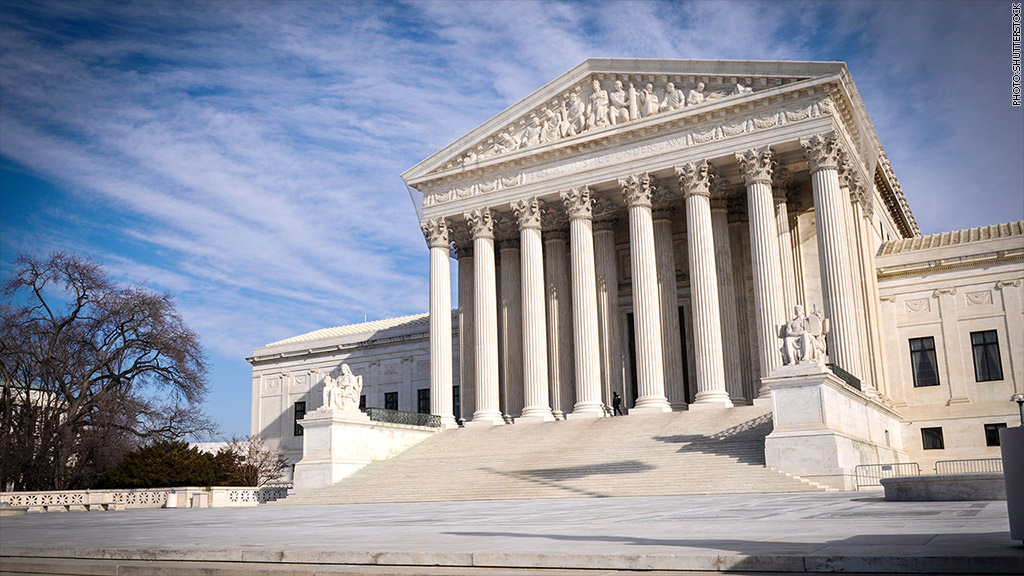
:max_bytes(150000):strip_icc()/supreme-court-interior-564089487-crop-59548f813df78cdc29db767d.jpg)
Nelson and found such bans to be constitutional. In November 2014, following a series of appeals court rulings that year from the Fourth, Seventh, Ninth, and Tenth Circuits that state-level bans on same-sex marriage were unconstitutional, the Sixth Circuit ruled that it was bound by Baker v.

After all district courts ruled for the plaintiffs, the rulings were appealed to the Sixth Circuit. īetween January 2012 and February 2014, plaintiffs in Michigan, Ohio, Kentucky, and Tennessee filed federal district court cases that culminated in Obergefell v. Prior to Obergefell, same-sex marriage had already been established by statute, court ruling, or voter initiative in thirty-six states, the District of Columbia, and Guam. The 5–4 ruling requires all fifty states, the District of Columbia, and the Insular Areas to perform and recognize the marriages of same-sex couples on the same terms and conditions as the marriages of opposite-sex couples, with all the accompanying rights and responsibilities.

644 (2015) ( / ˈ oʊ b ər ɡ ə f ɛ l/ OH-bər-gə-fel), is a landmark case of the Supreme Court of the United States which ruled that the fundamental right to marry is guaranteed to same-sex couples by both the Due Process Clause and the Equal Protection Clause of the Fourteenth Amendment of the Constitution. Kennedy, joined by Ginsburg, Breyer, Sotomayor, Kagan Nelson overruled.Ĭhief Justice John Roberts Associate Justices Antonin Scalia United States Court of Appeals for the Sixth Circuit reversed. The Fourteenth Amendment requires a State to license a marriage between two people of the same sex and to recognize a marriage between two people of the same sex when their marriage was lawfully licensed and performed out-of-State.


 0 kommentar(er)
0 kommentar(er)
